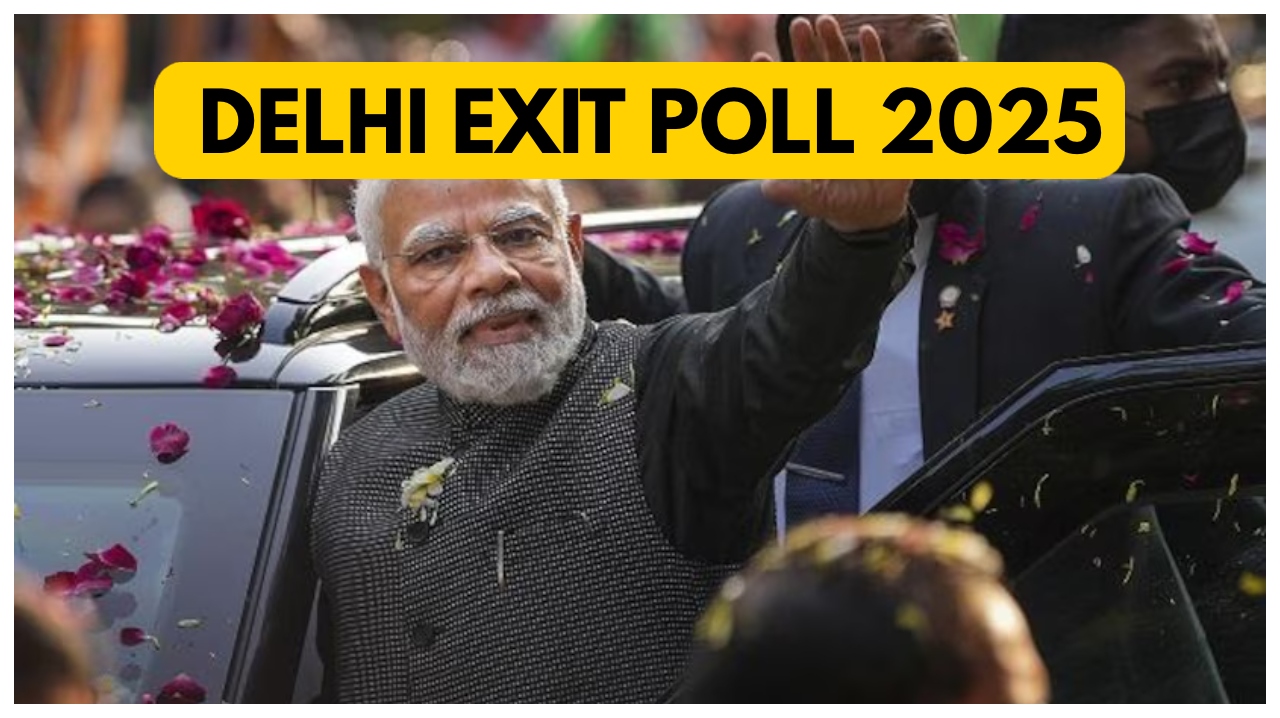Delhi Chunav Exit Poll Result: Voting for Delhi Assembly elections was done on February 5; now, it is the turn of the results. The results will be announced on February 8. It will be known in the coming time who will form the government in Delhi. If media reports are to be believed, the Aam Aadmi Party seems to be missing out on a hat-trick victory.
However, everyone is currently waiting for the final result. Delhi’s voting pattern suggests that the political picture has not been revealed. Even now, Delhi’s political image is not clear. This time, the pace of voting in Delhi was very slow.
This time, 60.40 per cent of the vote was cast in Delhi, about 2.15 per cent less than in the last assembly elections. In such a situation, the question arises: What is the political meaning of low voting, and whose seats will it affect? The way voting has taken place in Delhi this time seems dangerous to the Aam Aadmi Party.
If we leave aside the Muslim areas, voting is slow in the rest of Delhi. The Election Commission has released the voting figures of 60.4 per cent till 11:30 pm on Wednesday. Earlier, such low voting was seen in 2008, when only 57.8 per cent of voters reached the booth. In 2015, with the enthusiasm of about 67 per cent of the voters, AAP returned to power with a vast majority of 67 seats. In the last election in 2020, 62.59 per cent of voting took place. The voting percentage had fallen, but AAP kept the magic intact and formed the government again with a vast majority of 62 seats.
Will BJP form government in Delhi?
Most of the EXIT POLL claims that the 2-decade exile is about to end. BJP government will be formed, and the vote share of Lok Sabha elections will return. BJP was constantly missing this kind of vote share. At the same time, the middle-class family is pleased with this time’s budget because the Modi government has given tax exemptions. The formula to please the middle class has worked if the exit polls are believed. The youth is with BJP.
How many male and female voters support which party
– 35.50 per cent of males are with Aam Aadmi Party
– 50.20 per cent of females are with Aam Aadmi Party
– 53 per cent of males are with BJP
– 41.90 per cent of females are with BJP
– 6.10 per cent of females are with Congress
– 7.10 per cent of males are with Congress
– 1.90 per cent of females are with other parties
– 4.30 per cent of males are with other parties
